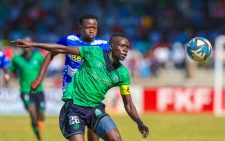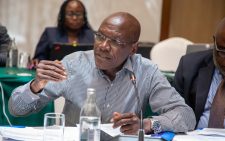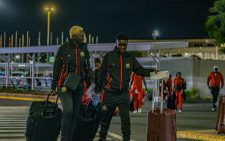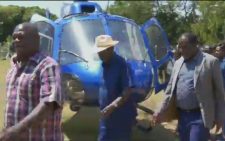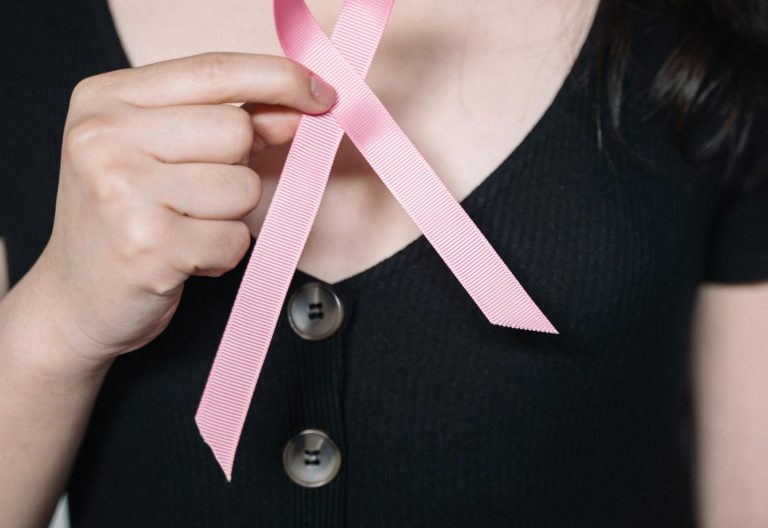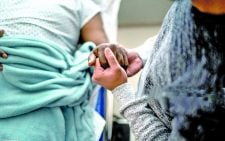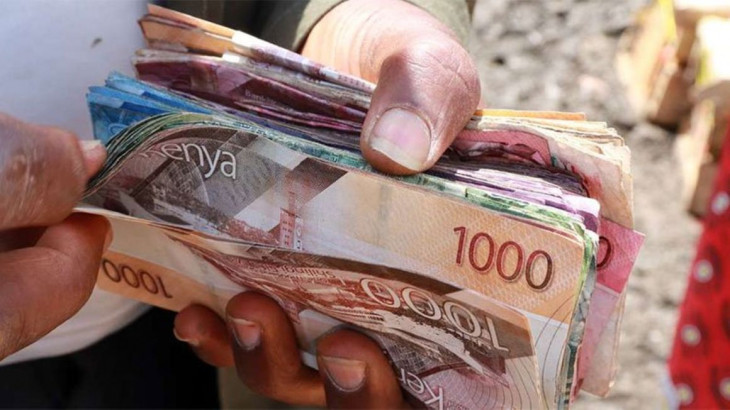Mountain offers practicing ground for climbers of higher peaks
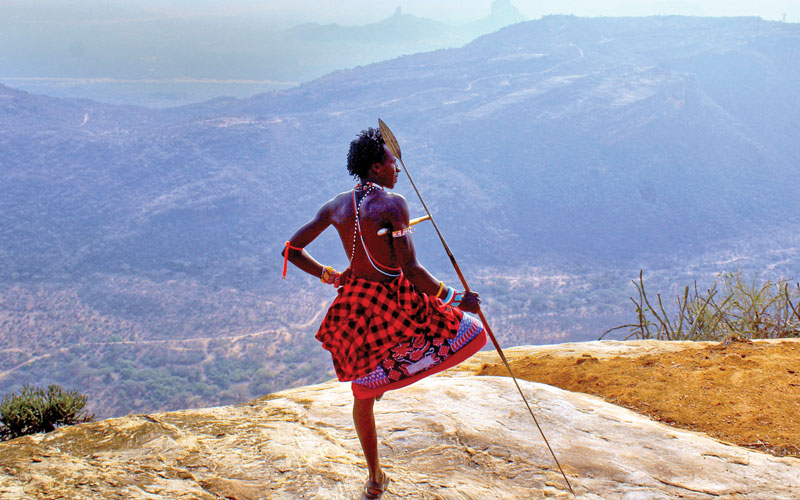
“Look Anne, if an elephant can go up, so can you,” shouted one of the hikers to her friend who was too scared to climb.
Dry elephant poop was right before us and I wondered why on earth one would be encouraged by elephants in the locality.
We wake up at 3am to climb the majestic Ololokwe, the sacred mountain of the Samburus. Harun Makwana, the hike team leader, says the area gets so hot during the day that hiking becomes impossible.
“Poisonous snakes such as puff udders and black mamba, which thrive in the heat, could strike while one is busy hiking, hence it’s safe to do it early in the morning. Scorpions also thrive here, given the heat in this place,” he says.
Summit seekers
I had always had in mind to climb this steep hill after looking at its many photos that keep trending in Instagram travel pages.
So when Summit Seekers, a tours and travel outfit that specialises in hikes announced a visit to Ololokwe, I booked a slot and kitted myself for it.
This was my second hike with them. What motivated me more was that Harun and his team are experienced adventure tour operators and their trips are full of surprises.
The mountain is located on Namunyak Conservancy in Samburu East. It’s located 340km from Nairobi through Nanyuki and Isiolo towns, a six-hour drive.
The mountain rises out of the Samburu plains and is around 2,000 metres above sea level.
Road trips with a group of people are different as you have a variety of stuff to do. If not talking, it’s making stops for the photo sessions or bathroom breaks.
At one point I took 40 winks only to be woken up by the endless views of yellow wheat farms and a scenic view of a clear Mt Kenya.
We reached Sabache Camp exhausted but eager for the adventure that awaited us.
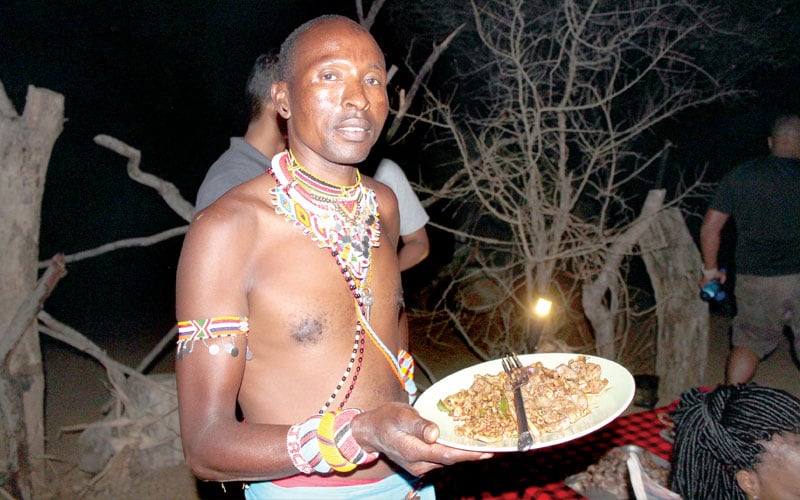
Samburu men and women welcomed us with warm smiles before we were assisted to our rooms to refresh up ahead of dinner time. Every direction I looked was the silhouette of a mountain.
Single file
Dinner consisted of roast meat and spicy entrails, all prepared Samburu style, with French fries. After a short briefing on what was expected of us, off to bed we went.
The wake-up call came through at 3am. We had to take a light breakfast for strength, which I ignored fearing a full bladder and being a city girl, not used to using the bush .. . I later regretted this as hiking has this way of draining ones strength.
The Samburu men chanted, a way of motivating us for the gruelling, three-hour climb. The sky was bright with stars, the Orion and Plough formation being the most visible constellations.
We moved in single file, careful not to break the line as it’s at night, one can easily lose a footing.
As usual, some people desired to be the first to hit the peak, but strugglers (woiyes) took their sweet time. We stopped many times to sip water, which irritated one hiker keen to reach the top. He was on a training exercise before attempting Mt Kenya.
The man sighed often, explaining how we could make it to the top faster. Seeing his frustration, we let him go.
Along the way, we encountered Samburu morans playing bao board games while herding cattle.
Peter Lemaiyan, my guide, said some morans also dig their own wells. The name Lemaiyan means blessings, and he let me know that it is on this mountain that traditional initiation ceremonies take place.
“The mountain is cool, with fresh water springs, making it ideal as a traditional theatre. We also pray for rain here and make sacrifices during drought or family challenges,” he said.
Helping me manoeuvre a boulder, he noticed the gap in my teeth and baptised me Nanjabar (one with a gap in the teeth).
“That gap could rid your father of poverty were you a Samburu girl; the dowry for such women is high,” he said. Everybody laughed.
I regretted not carrying a headlamp. It was inconvenient carrying a torch and at some point, I wanted to throw it away and use my mates’ lights. A headlamp eases your burden and makes your hands light.
I was amongst the first to hit the peak as I wanted photos with views of the sunrise, the ultimate price for going all the way.
We were on time to capture the panoramic views stretching across arid plains to snow-capped Mt Kenya 110km away and Mathews Ranges (also known as Lenkiyio Hills), a range of hills 150km long.
Oolokwe has a high altitude mist forest of giant cycads and the peak was as cold as 14 degrees Centigrade. My hands were numb yet I had to take the photos smiling, holding onto my Samburu guide.
The area has one of the largest nesting colonies of Ruppell’s vultures and we would see them soaring in the skies.
From the peak, everything below looked ant-sized. The long tarmac road from Archer’s Post towards northern Kenya appeared like a bold dark line, and cars resembled mere toys.
Scared of heights, being up there was frightening. I feared height-induced vertigo.
After about an hour at the summit, it was time to descend. This was where all hell broke loose for me. While we were keen on adventure before the harsh Samburu sun reared its ugly head, my feet went numb.
I couldn’t walk! But like a brave warrior, I held on tight to Lemaiyan and gingerly descended the steep slopes.
At the bottom of the hill, Harun massaged my feet to relax my muscles and explained, just as doctors are wont to, that I was unfit.
The news shocked me being that I am slim, but I was advised to add magnesium and potassium nutrients in my diet to strengthen my bones especially before a hike. I was also given salty water for the muscle pull.
Brave warrior
Like a brave warrior, I held onto Lemaiyan’s hand as we descended slowly to the camp.
I limped straight to my room, took a warm shower and went back to the restaurant for breakfast. There I met other hikers and we chatted heartily on how the journey was, which for some was a walk in the park.
Sabache camp has eight traditional style safari tents with tree-shaded decks and a balcony where one can have breath-taking views of the mountain.
Coming in felt like walking on a Samburu village and inside our tents were handcrafted log furniture.
We shared rooms as each one had two beds with a hot shower and flush toilets.
The tents are solar powered which means that should you visit this camp, always have your power banks ready as the lights are switched off at midnight.
We left the camp at midday. Unlike in previous tours where we would chat and take photos, this time round, we all tucked into our seats and slept most of the way to back to Nairobi.



